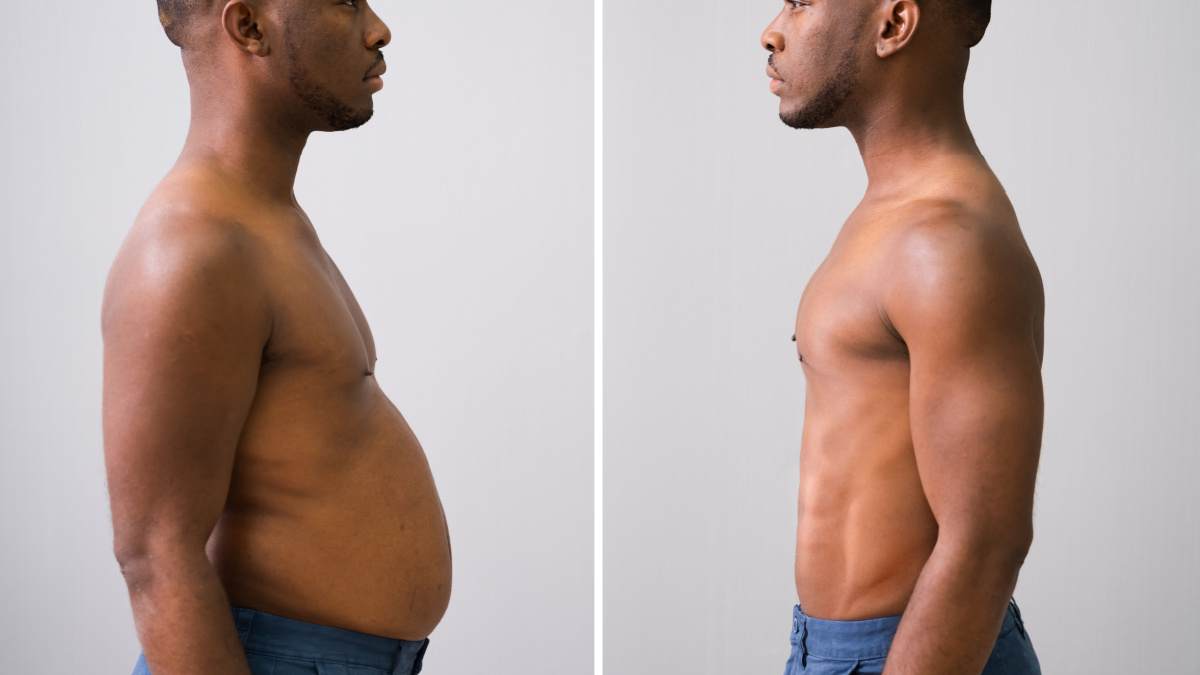Resistance training, also known as strength training or weightlifting, is an essential component of any fitness program. It involves using resistance to build and maintain muscle mass, which is crucial for overall health and well-being. Resistance training helps to increase bone density, improve balance and coordination, and reduce the risk of chronic diseases such as diabetes, heart disease, and osteoporosis.
Many people who are trying to lose weight may avoid resistance training because they worry that it will cause them to bulk up or gain weight. However, this is a common misconception. Resistance training actually helps to boost metabolism and burn fat, making it an effective way to lose weight and maintain muscle mass. It is important to incorporate resistance training into your fitness routine, along with cardiovascular exercise and a balanced diet, in order to achieve optimal health and fitness.
Incorporating High-Protein Foods into Your Diet
Incorporating high-protein foods into your diet is an essential component of maintaining muscle while losing weight. Protein is necessary for muscle growth and repair and can help keep you feeling full and satisfied, which can prevent overeating. Some excellent sources of high-protein foods include lean meats such as chicken, turkey, and fish, as well as plant-based options such as beans, lentils, and quinoa.
It’s important to ensure that you’re consuming enough protein throughout the day, especially if you’re engaging in regular exercise. Aim for at least 20-30 grams of protein per meal, and consider incorporating protein-rich snacks such as Greek yogurt, nuts, or protein bars to help meet your daily protein needs. By incorporating high-protein foods into your diet, you can help maintain muscle mass and support your weight loss goals
Balancing Cardio and Strength Training
Balancing cardio and strength training is essential for maintaining muscle while losing weight. Cardio exercises like running, cycling, and swimming help burn calories and promote weight loss, while strength training exercises like weight lifting, push-ups, and squats help build and maintain muscle mass. Both types of exercises are crucial for achieving a toned and healthy body.
Make sure to strike a balance between cardio and strength training. Too much cardio can lead to muscle loss, while too much strength training can hinder weight loss progress. Therefore, it’s recommended to alternate between cardio and strength training days, with at least one day of rest per week. Additionally, incorporating high-intensity interval training (HIIT) into your workout routine can be an effective way to combine both cardio and strength training in one session. Finding the right balance between cardio and strength training is key to maintaining muscle while losing weight.
Tracking Your Macros and Calories
Tracking your macros and calories is an essential aspect of maintaining muscle while losing weight. Macros refer to the three macronutrients that make up our diet – protein, carbohydrates, and fat. Each of these macronutrients plays a crucial role in building and maintaining muscle mass. By tracking your macros, you can ensure that you are consuming the right amount of each nutrient to support muscle growth while still losing weight.
Calorie tracking is also important because weight loss ultimately comes down to creating a calorie deficit. This way, you can ensure that you are consuming fewer calories than your body burns, which will result in weight loss. However, it’s important to note that you should not drastically cut your calorie intake as this can lead to muscle loss. Instead, aim for a moderate calorie deficit and make sure you are consuming enough protein to support muscle growth.
Staying Hydrated and Fueling Your Body Properly
Staying hydrated and fueling your body properly are essential components to maintaining muscle while losing weight. Water is necessary for many bodily functions, including muscle repair and growth. Dehydration can lead to muscle cramps, fatigue, and weakness, which can hinder your ability to exercise and build muscle. It is recommended to drink at least eight glasses of water per day, and more if you are exercising regularly.
In addition to hydration, fueling your body with the right nutrients is crucial for muscle maintenance. Eating a balanced diet that includes lean protein, complex carbohydrates, and healthy fats can provide the necessary nutrients for muscle growth. It is also important to eat within 30 minutes to an hour after a workout to replenish your muscles with the nutrients they need to recover and grow.
Getting Enough Rest and Recovery Time
Getting enough rest and recovery time is a crucial aspect of maintaining muscle while losing weight. When you exercise, you create tiny micro-tears in your muscles. These tears need time to heal and repair themselves, which is why rest and recovery time is so important. Without proper recovery time, your muscles won’t have the chance to repair themselves, and you’ll be at risk of injury or burnout.
Moreover, you should get enough sleep, which is essential for muscle maintenance. Aim for at least seven hours of sleep per night, and try to establish a consistent sleep schedule to help regulate your body’s circadian rhythm.
Avoiding Crash Diets and Extreme Calorie Restrictions
Crash diets and extreme calorie restrictions are often tempting options when trying to lose weight quickly. However, these methods can be detrimental to maintaining muscle mass. When the body is deprived of essential nutrients, it can turn to breaking down muscle for energy instead of burning fat. This can lead to a decrease in muscle mass and a slower metabolism, making it even harder to lose weight in the long run.
Instead of crash diets and extreme calorie restrictions, a more sustainable approach to weight loss is recommended. This includes creating a calorie deficit through a combination of a healthy diet and regular exercise. By gradually reducing calorie intake and increasing physical activity, the body can safely lose weight while maintaining muscle mass. Prioritize nutrient-dense foods and to fuel the body with enough protein to support muscle growth and repair.
Achieving Sustainable Weight Loss and Muscle Maintenance
Achieving sustainable weight loss and muscle maintenance requires a combination of proper nutrition, consistent exercise, and a healthy lifestyle. It is important to focus on consuming a balanced diet that includes sufficient protein to support muscle growth and maintenance, while also reducing overall calorie intake to promote weight loss.
Consistent strength training and cardiovascular exercise can help maintain muscle mass while burning fat. Additionally, making lifestyle changes such as getting enough sleep, reducing stress, and staying hydrated can also support long-term weight loss and muscle maintenance. By committing to a balanced and sustainable approach, individuals can achieve their weight loss and fitness goals while maintaining their muscle mass and overall health.




